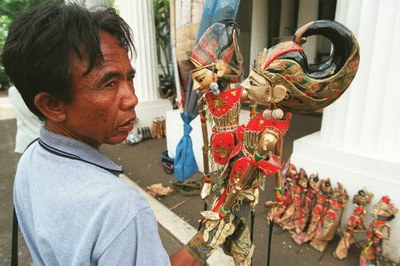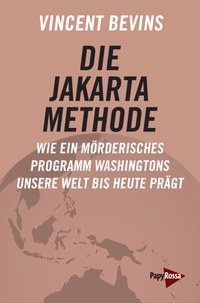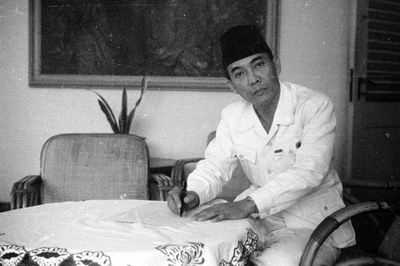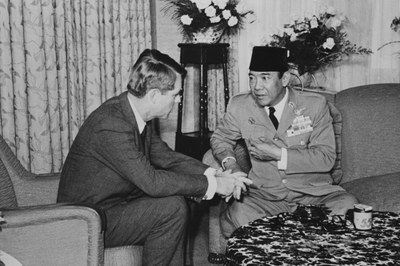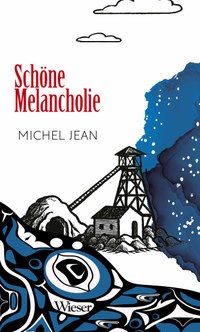„As precise as it is capacious, the book brings readers along on the same journey that Bevins took, back to the dark second half of the 20th century and the all-but-forgotten political horizons on which it foreclosed.“ – lareviewofbooks.org
„Spuren der Gewalt“
„In diesen Tagen erscheint im Kölner Papy Rossa-Verlag Vincent Bevins Buch »Die Jakarta-Methode«. Bevins zeigt, wie die USA während des Kalten Krieges, ausgehend von den Massenmorden an den indonesischen Kommunisten im Jahr 1965, weltweit mit allen Mitteln gegen kommunistische und fortschrittliche Bewegungen vorgingen.“ – jungewelt.de
Neoliberalismus und die „Dritte Welt“
„Bevins tracks the intellectual, political, and romantic journey of two Indonesians, Francisca and Zain, who are among other important figures in the massive slaughter backed by the United States in Indonesia and Latin America. They left the country to study in Holland after Sukarno claimed independence in 1945. The waves of anti-imperialist struggle that shaped the minds and actions of a generation of radical intellectuals like this couple were inseparable from the struggles for national liberation and toward socialism.“ – monthlyreview.org
Indonesien: Eine bewegte Geschichte
„Indonesia was governed from World War II until 1965 by President Sukarno (some Indonesians have a single name) who had previously led the resistance to Dutch colonization. This made the U.S. increasingly unhappy. Indonesia was enormous, with the world’s sixth-largest population, and the PKI was the third-biggest Communist Party on Earth, after China’s and the Soviet Union’s.“ – theintercept.com
